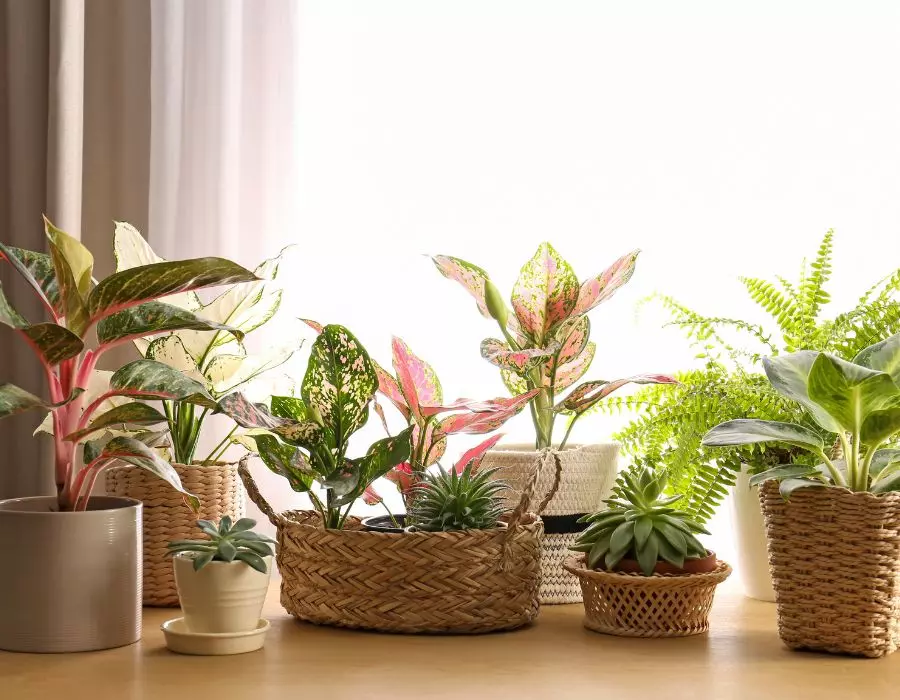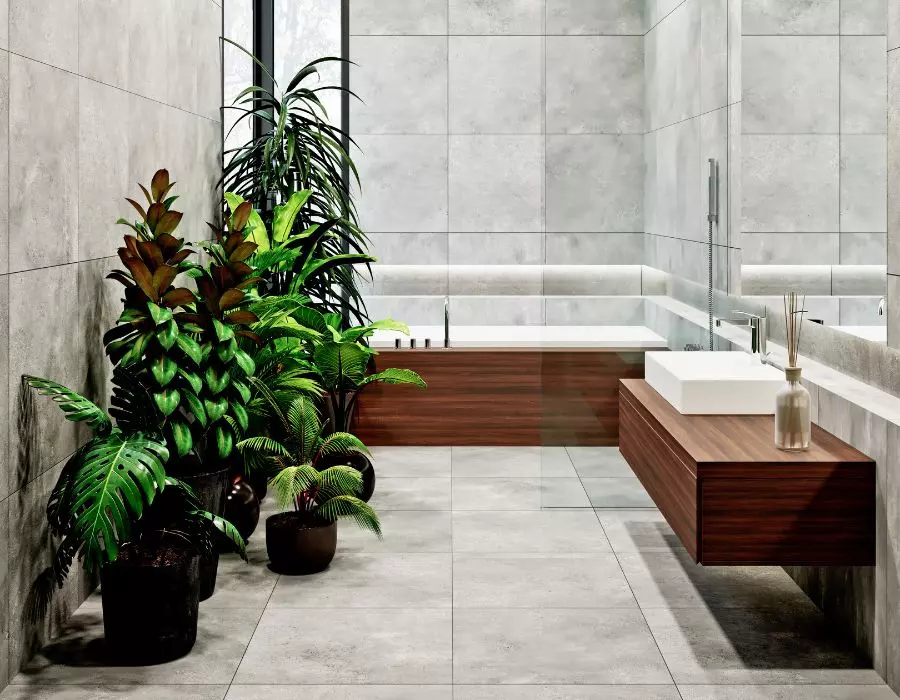In recent years, tropical indoor plants have become a staple in interior design. Their glossy leaves and vibrant colors add a natural touch to home décor while providing a host of health benefits. But incorporating indoor plants into your home requires more than just placing them randomly. To create a cohesive and visually appealing look, you need to consider design principles such as balance, proportion, texture, and color.
Understanding Interior Design Principles
Before we dive into the world of indoor plants, let's briefly explore some interior design principles that can help you create a cohesive look in your living space. Interior designers use elements like color schemes, balance and symmetry, repetition, contrast, and different textures to make a big difference in the look and feel of a home.
Color
Using the right color schemes is essential when incorporating indoor plants into your interior design. Colors can create a certain mood or atmosphere in a room, and choosing plants with colors that complement or contrast with your existing decor can enhance the overall effect. For a modern look, consider using plants with clean lines and simple shapes in shades of green and white. If you prefer something more colorful, incorporate plants with bright flowers or variegated leaves.
 A collection of indoor plants arranged around a cohesive color palette of mid-green, pink, and off-white. Neutral planters ensure the foliage is the visual focus.
A collection of indoor plants arranged around a cohesive color palette of mid-green, pink, and off-white. Neutral planters ensure the foliage is the visual focus.
Balance and Symmetry
Balance and symmetry are key principles of interior design that can also be applied to arranging indoor plants. When arranging plants, consider their visual weight and how they will balance each other out. Group plants of similar sizes or shapes to create a sense of balance. Symmetry can be achieved by using pairs of plants on either side of a focal point or on a dining room table.
 Interior design principle of symmetry used for these wall-mounted plant displays.
Interior design principle of symmetry used for these wall-mounted plant displays.
Repetition
Repetition is another important principle that can be applied to arranging indoor plants. It creates a sense of unity and harmony. You can achieve repetition by using the same type of plant or similar planters throughout a room. By repeating a specific type of plant or color scheme, you can create a cohesive look. For example, you can create a row of identical plants on a windowsill or group plants with similar shapes and sizes on a shelf. Using the same type of plant in different areas of the room also adds to the repetition.
 Each floating shelf is a repeat of the plants and pots on the other shelves.
Each floating shelf is a repeat of the plants and pots on the other shelves.
Contrast
Contrast is all about using opposing elements to create visual interest. When incorporating indoor plants into your home decor, consider contrasting textures, shapes, or colors to add visual appeal. Pair plants with different textures and shapes, or combine plants with contrasting colors. For example, place a spiky plant next to a round one or pair a dark green plant with a lighter green plant. Contrasting large and small plants can also create an eye-catching display.
 Contrasting leaf shapes and textures create a cohesive display in this bathroom.
Contrasting leaf shapes and textures create a cohesive display in this bathroom.
Final Words
Incorporating tropical indoor plants into your home decor offers numerous benefits, aesthetically and functionally. They add color, texture, and a sense of calm to your space while improving air quality. By following the interior design principles outlined in this article, you can create a cohesive and visually appealing indoor garden that complements your home decor.
Remember to have fun and be creative when working with indoor plants. Experiment with different plant choices, arrangements, and design styles to find what works best for you. With a little care and attention, your tropical indoor plants will thrive and continue to enhance your living space for years to come.

















